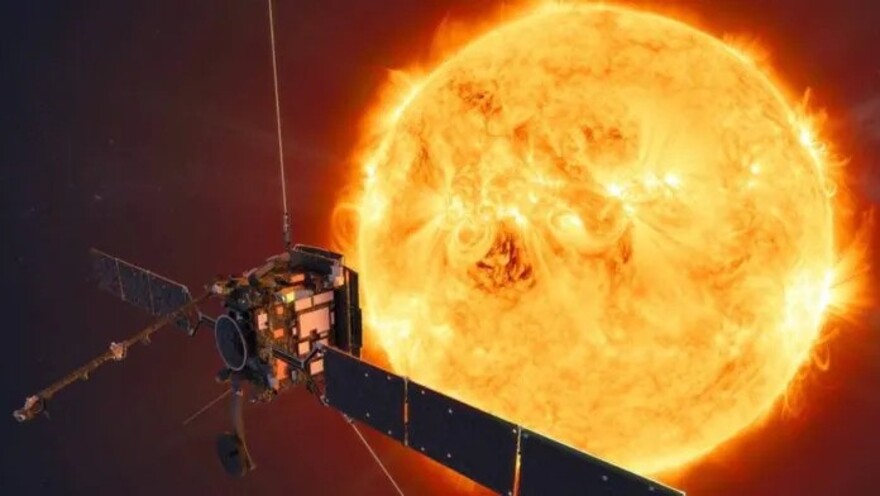India’s Aditya-L1 spacecraft has reached the final destination of its journey — the L1 point of the Earth-Sun system. There it will deal with its main task — the study of coronal mass ejections from the surface of our luminary.

Aditya-L1 has achieved its goal
Indian Space Research Organisation (ISRO) reported that their Aditya-L1 probe has reached the L1 point and can now begin its scientific activities. The spacecraft was launched in the autumn of 2023 and, during this time, was able to travel 1.5 million km.
Lagrange points are places in the system of two massive bodies in which their gravity is balanced. As a result, any object in them can be almost stationary, at least relative to one of the bodies. The L1 point is located between the Sun and the Earth, and Aditya-L1 will be able to orbit our star synchronously with the planet in it.
The main mission of the Indian probe is scientific. It should investigate coronal mass ejections. These phenomena represent the separation of a part of the surface of our sun. They occur during particularly strong solar flares and pose a great threat to our planet due to the risk of powerful magnetic storms.
India’s Space Way
India has already announced that the Aditya-L1 mission is its great success. This has already been stated by the Minister of Science and Technology of the country, Jitendra Singh, and Prime Minister Narendra Modi. And it’s difficult to disagree with them.
Indeed, as of now, no other country has an apparatus that would observe the Sun from this point. However, the European and American probes do this from a much shorter distance from the sun. But no Asian country can boast of anything like this. Even China launched its solar observatory only into Earth’s orbit.
At the same time, the Aditya-L1 cost only USD 48 million, which is minimal by the standards of other states. India’s space program is generally characterized by extremely low costs, although it tries to invest as much as possible in the industry.
According to phys.org
Follow us on Twitter to get the most interesting space news in time
https://twitter.com/ust_magazine


